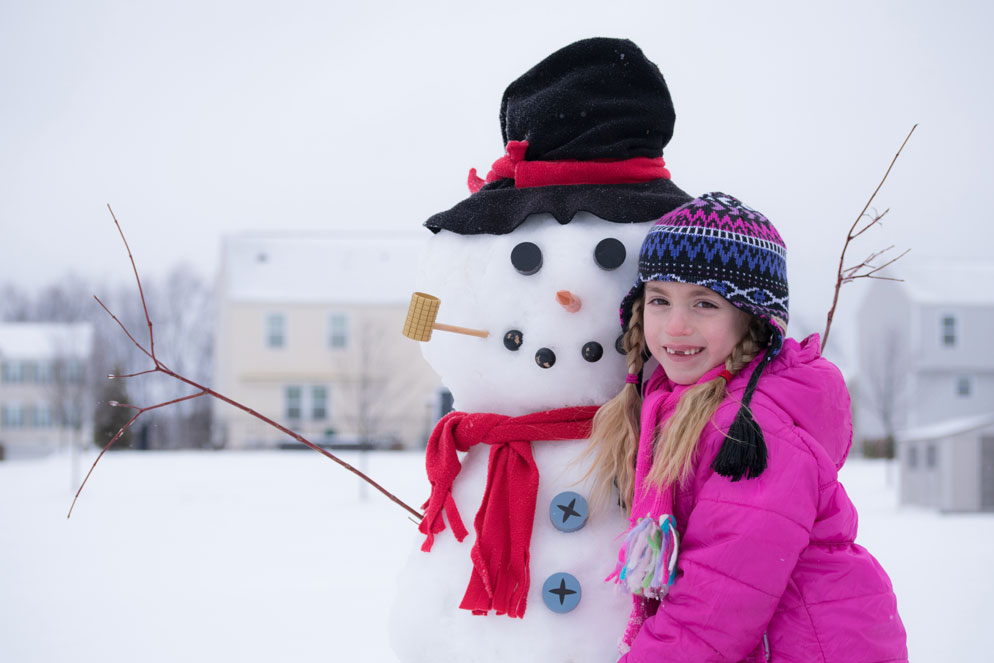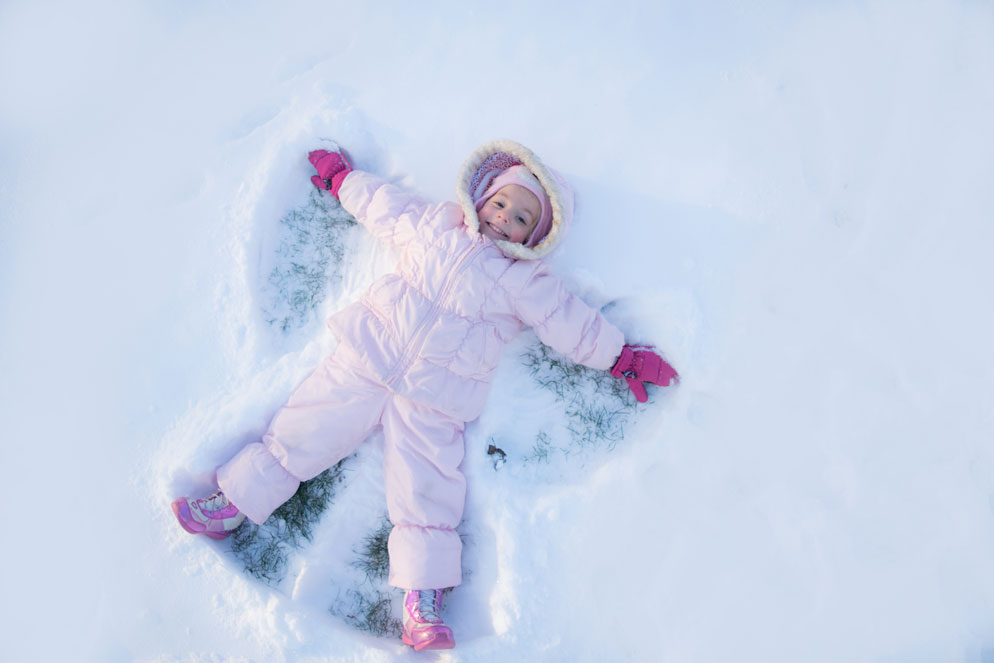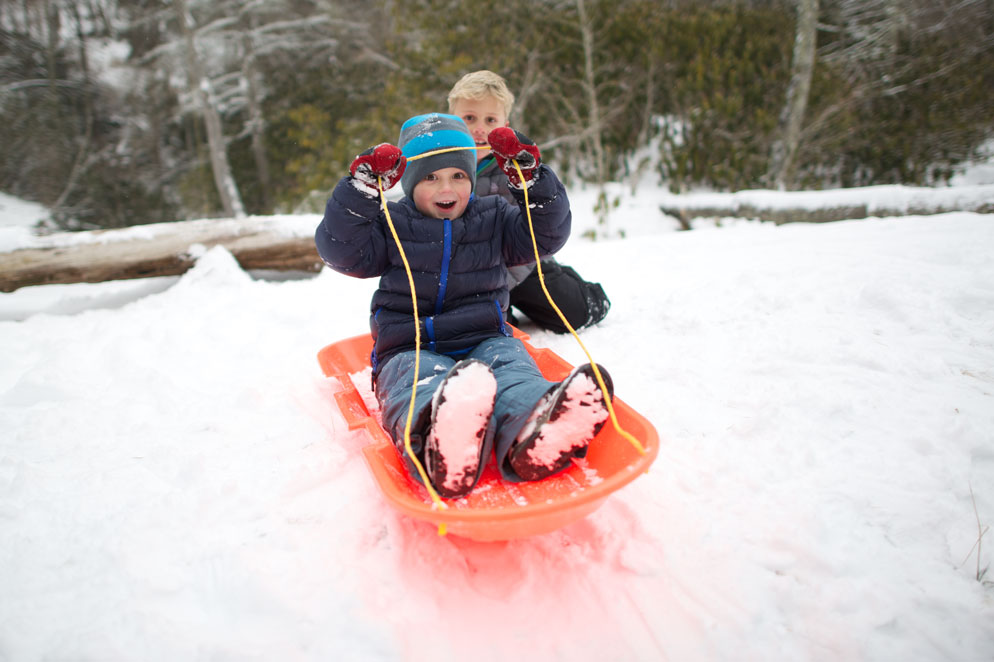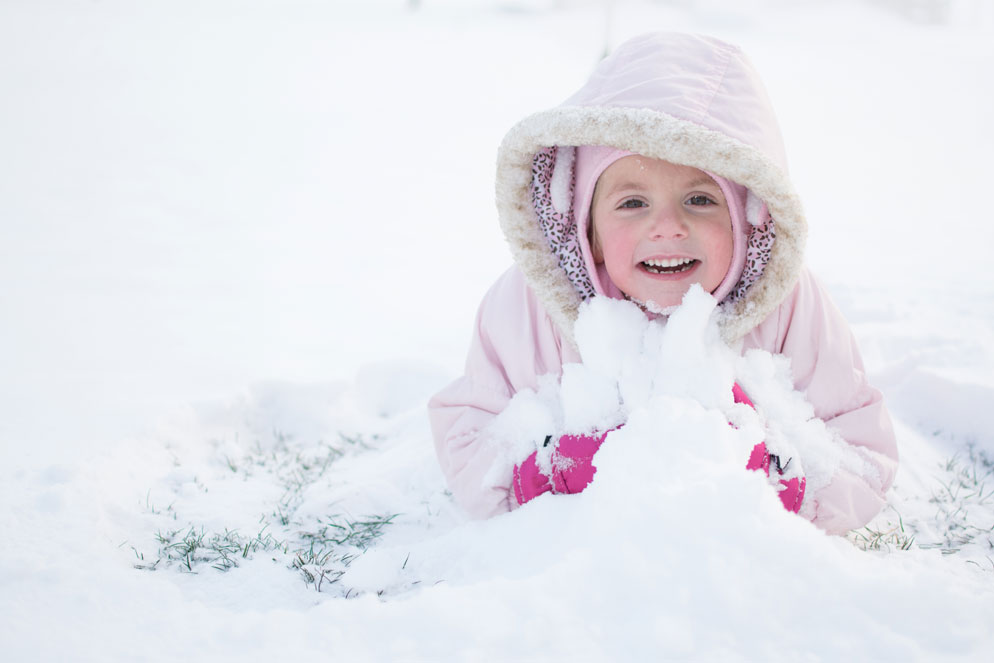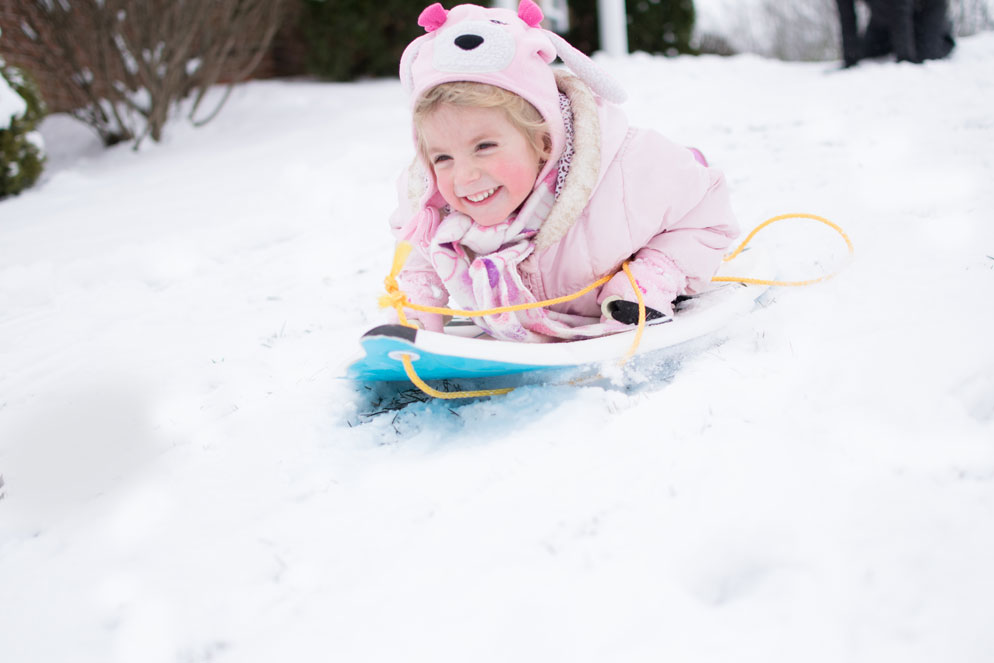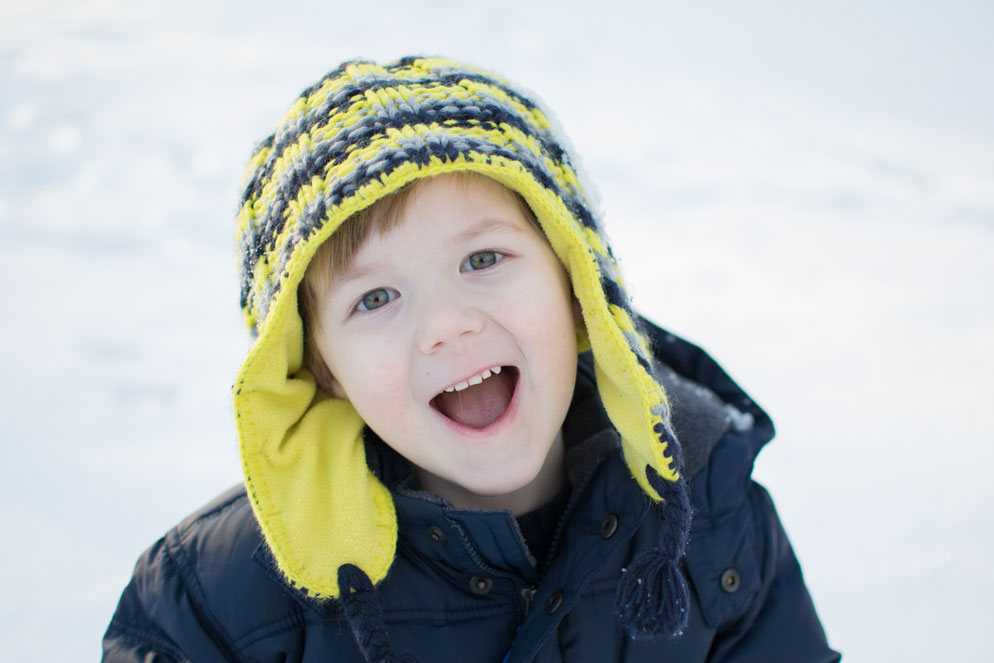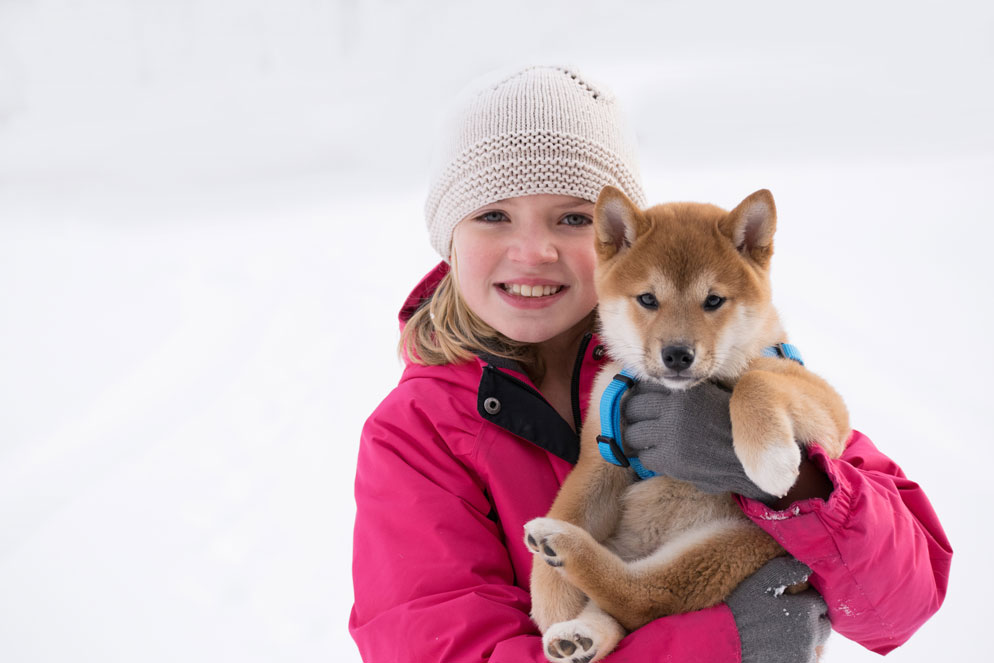Tips for Taking Fun Pictures of Your Kids in the Snow
Everyone loves to build a snowman and who wouldn't love to have a picture taken with their frosty friend?
Kids love playing in the snow—building forts and igloos, making snow angels, having snowball fights and sledding down hills. These activities also create great photographic opportunities for your family to make memories that will last a lifetime. Follow these simple tips for taking great pictures in the snow blanketed winter wonderland.
When taking pictures in cold weather, you’ll want to make sure to have a fully charged battery in the camera. Battery life tends to drain quickly in cold temperatures.
Snow Angels are fun to make and just as much fun to photograph. If you're not tall enough standing over your subject, hold the camera above your head. Many Nikon cameras have a tiltable or movable LCD that makes it easy to hold the camera up high, compose using the LCD and snap the photo.
If you’re planning on being outside for hours without a break, and think you’ll need to swap out batteries while shooting, keep the spare battery in an inner pocket of your coat, to keep it warm.
If you’re out shooting in the middle of a snowstorm or just some flurries, you’ll want to make sure your camera is protected from the moisture. You can do this by purchasing an optional rain cover. Or just wrap a plastic bag around the camera, cutting out a hole for the lens, and place a rubber band around the lens barrel to keep it in place.
Again, if you’re planning on staying out all day and not coming in to warm up, and you have to change a battery or a media card, try to find a sheltered area where you won’t have snowflakes falling into the camera. Its also not a good idea to change lenses outdoors either unless you absolutely can’t help but doing so. You don’t want moisture to get into the camera body.
When you’re done shooting, place the camera in a camera bag prior to bringing it indoors to minimize the chance of condensation forming on the lens and viewfinder window. This happens when going from a cold temperature to a warm temperature.
By standing above your child and shooting downwards, the snow around him becomes the background, separating him and more importantly focusing the viewer's eye directly onto your child.
Let your furry friends get into the photos too. Here, this young girl has picked up her puppy for the photo, but kids can also gather around a larger dog for a great photo of everyone enjoying the weather.
Camera settings for photographing in the snow
To make sure the snow in your photographs looks white, try these settings:
-
If your camera features a Snow or Snow/Beach Scene Mode, use it. It’s designed to expose snow correctly.
-
If it’s sunny out, set the White Balance to Sunlight; if it’s overcast out, set the White Balance to Cloudy.
-
If the camera doesn’t have a Snow Scene Mode, set it to Matrix Metering. Usually this metering mode will choose the correct exposure for Snow.
-
Take a shot and look at the image on the LCD. If the snow doesn’t look white, use the exposure compensation to overexpose the scene. Try +.3 (1/3 of an f/stop) first. If that doesn’t do the trick, try a setting of +7 (2/3 of an f/stop), and if that’s still not enough, you can try a setting of +1 (one full f/stop).

